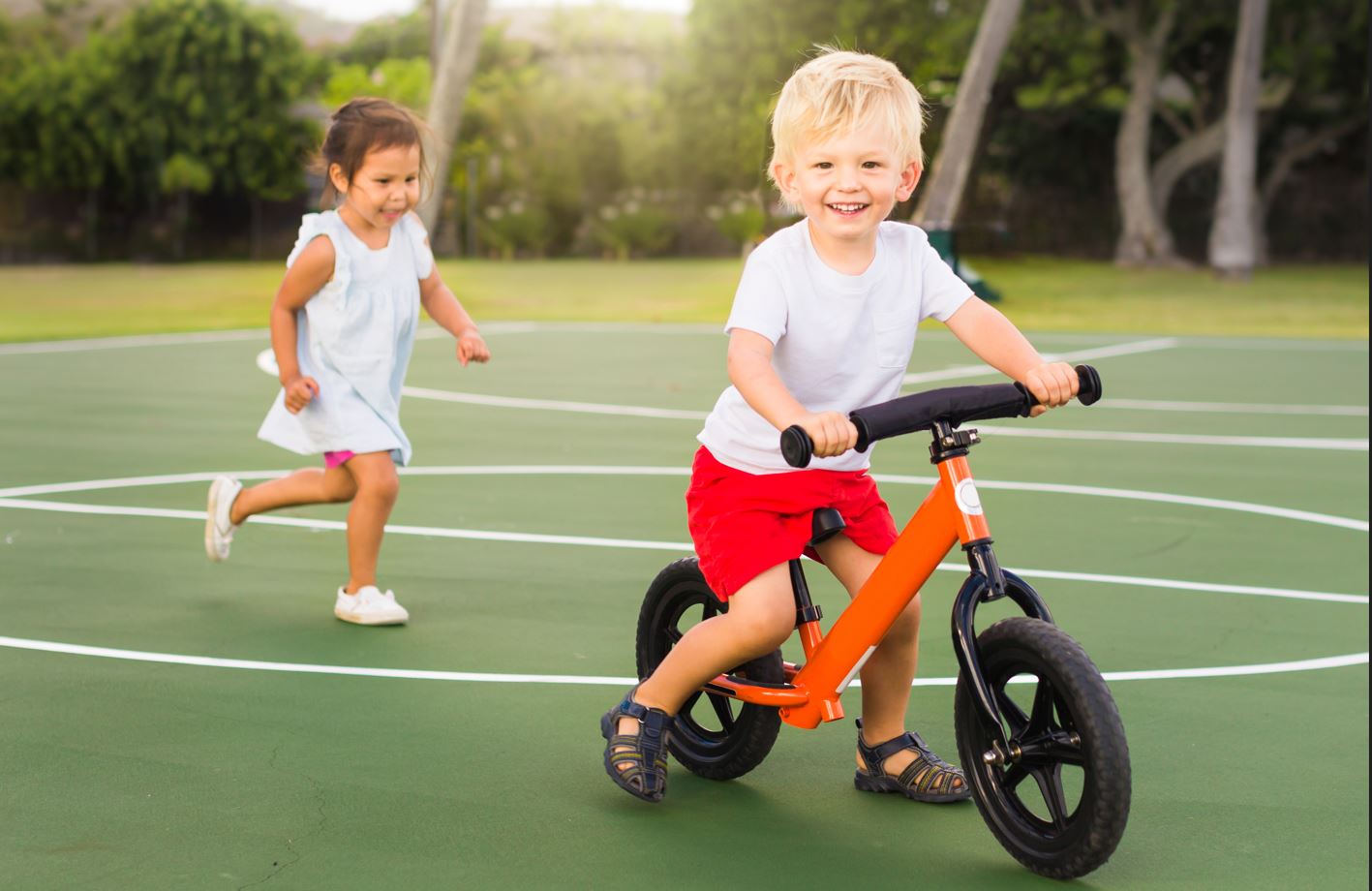Dr Kristy Howells and Joe Pellett discuss the importance of links between physical development and literacy skills, following a new campaign launched by the government.
This week the Department for Education has announced £180m worth of funding to improve children’s development in the early years. The Department of Health and Social Care has also launched a new campaign designed for parents, called ‘Better Health – Start for Life’, which focuses on practical advice and tips for children aged 0 – 4.
Physical development is one of the three prime areas of learning alongside communication and language and personal, social and emotional development within the early years’ curriculum, taught within nursery settings and reception classes (the first class within primary age phase settings). The prime areas are interwoven and interconnected within specific areas of literacy, numeracy and understanding the world and expressive arts and design. We have always highlighted the importance of physical development within the initial teacher education programmes and summarised the goals of the early learning goals into the “3cs” – moving with control, coordination, and confidence (p.6).
This year the importance of physical development is more prominent than ever before, emphasised not only by the introduction of the recent initiatives from the Government, but also from our recent research. We found the COVID-19 has significantly impacted the physical development of young children. Our research showed that due to the extensive disruption of the lockdown, it is predicted that young children missed out on 250 hours of school-based movement opportunities in which they could have been developing their learning physically. The result of these missed opportunities has impacted on gross motor skills levels and children in our study appeared to be clumsy, struggling to negotiate space effectively, struggling to coordinate arms and legs and struggling to balance on one leg. In terms of fine motor skill impact, the children struggled to hold pencils using a tripod grip, found it difficult to press with the right pressure onto the paper and significantly struggled with their hand-eye coordination. This was most evident with the difficulties the children demonstrated with the use of cutlery and missing their mouths when they had stabbed their food.
We recommended from our research the need to focus more on physical development and more movement opportunities to help physical learning within early education, as are now being suggested within this week’s campaigns. This is just what we have done for our initial trainee teachers, we have drawn on new collaborations with St Edmund’s School, Canterbury and in particular their Head of English (Mr Joe Pellett), a Primary Education alumni who specialised in Physical Education. Joe has been joining us within our physical development sessions within the Childhood module to share his theoretical and practical expertise of developing fine and gross motor skills to help support our BA Primary Education students. He has been sharing the importance of the links between physical development and literacy skills, to highlight the holistic learning of young children.
Dr Kristy Howells is a Reader in Physical Education, Physical Development and Sport Pedagogy in Sport, Exercise and Rehabilitation Sciences, School of Psychology and Life Sciences, who co-wrote the article with Joe Pellett, Head of English at St Edmund’s School in Canterbury.
 Expert comment
Expert comment Emma Grafton-Williams
Emma Grafton-Williams 3983
3983


